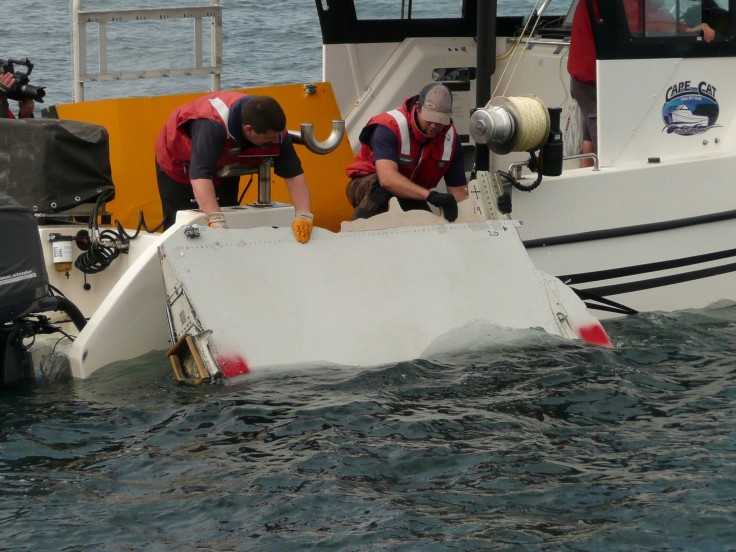MH370 Wreckage Hunter Confident Missing Malaysia Airline Plane Will Be Found

Blaine Gibson, the independent wreckage hunter searching for missing Malaysian Airlines Flight MH370, said Sunday he was confident the plane will be found. His comments came as a new private search is about to begin by a private United States-based company in the southern Indian Ocean.
Gibson spent much of the last three years searching for debris from the missing plane on remote Indian Ocean islands, the east coast of Africa and in Australia.
"I believe firmly that this mystery will be solved," Gibson told Australia’s ABC news network. "That we will eventually know what happened on the plane. That may come very soon... If the Inmarsat data and its interpretation are correct I'm confident that Ocean Infinity will find it."
Over the last three years, Gibson found at least 20 pieces of wreckage confirmed or deemed likely to have come from the missing plane, among them the right wing flaperon, right aft flap and right outboard flap.
The debris found by Gibson helped CSIRO pinpoint a new search zone just north of the area already searched during the multimillion-dollar hunt.
Flight MH370 went missing March 8, 2014, with 239 people on board while on its way from Kuala Lumpur to Beijing. The multimillion-dollar search for the plane yielded no concrete clues about its whereabouts and was called off after more than 46,000 square mile of the ocean floor was scoured.
While talking to ABC News, Gibson also spoke about the conspiracy theory that claimed the pilot of the plane deliberately crashed the jet in a murder-suicide. While authorities have rejected the death dive theory, Gibson said debris recovered hints at a death dive.

Gibson said the wing flap was found to be retracted and not deployed for landing, indicating that there was no controlled glide.
“It has been examined by Boeing, examined by the ATSB (Australian Transport Safety Bureau), and they have concluded that it was in a retracted mid-flight position, not in a landing position,” he claimed. “The original theory to explain away Malaysia 370 forever was the ‘pilot suicide controlled glide ditching theory’ — that somehow the pilot decided that he was going to kill everybody on the plane, ditch the plane, sink it intact and create a big mystery,” he added.
Gibson also said a TV monitor casing he had found on Riake beach in Madagascar had clearly come from the back of an airplane seat, adding it was a “very significant piece of debris” because it disproved the theory the plane glided intact into the ocean.
“It proves that the fuselage, the main cabin, shattered on impact. The fuselage is not as some people claim intact under water. It shattered on impact,” he was quoted as saying.
Since the plane's disappearance several conspiracy theories have surfaced about the jet, with some saying the pilot deliberately crashed the plane while others hinted at a hijack. However, authorities confirmed none of the theories.
© Copyright IBTimes 2024. All rights reserved.











